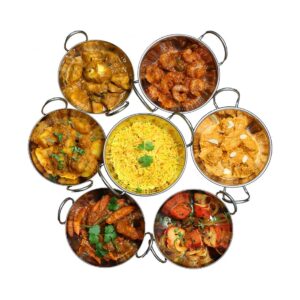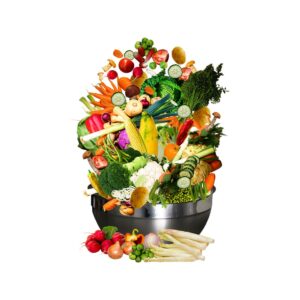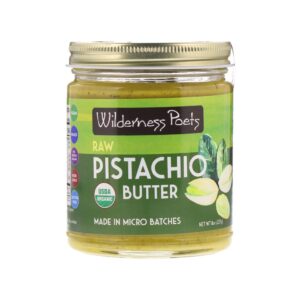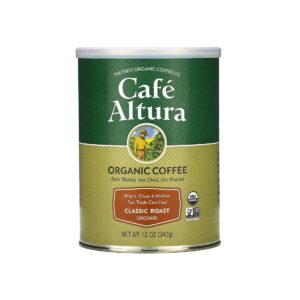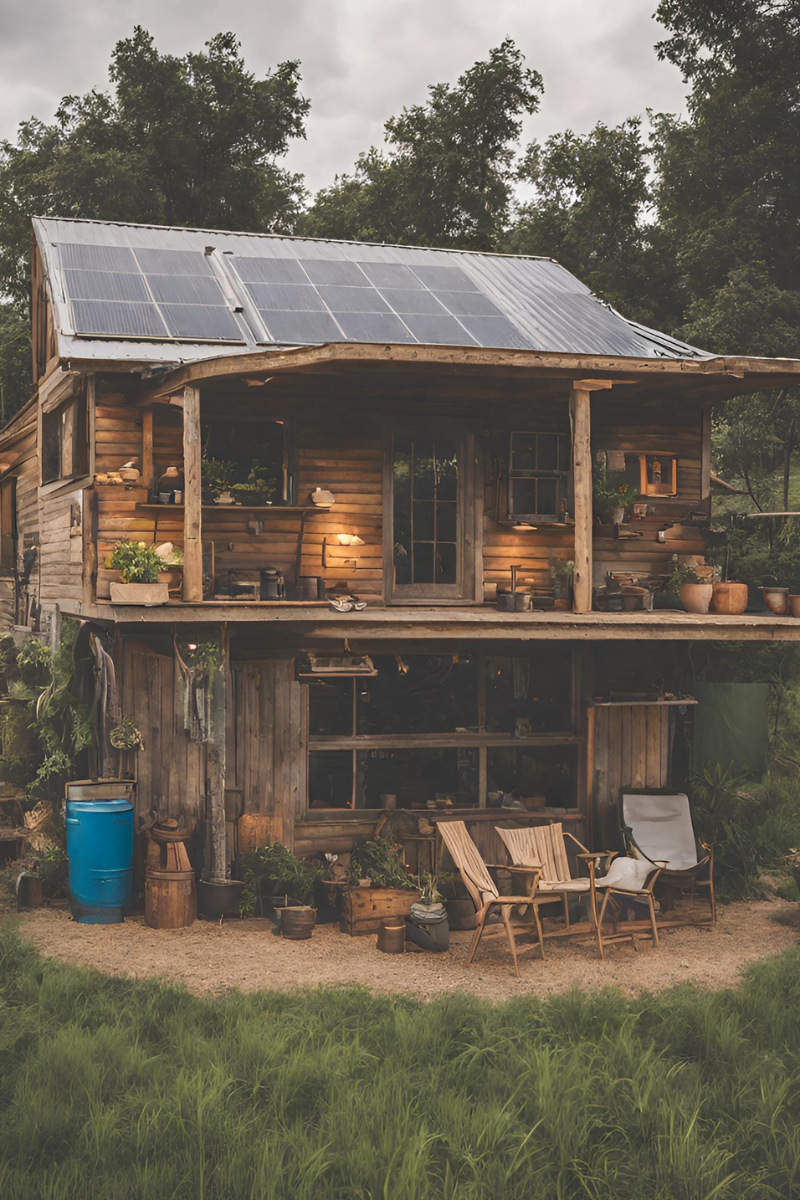
Living off-grid through the farmstay lifestyle, once considered a relic of the past, has experienced a resurgence in recent years as more and more people seek a simpler, self-sufficient way of life. Homesteading, also known as self-sufficient living or off-grid living, involves relying on one’s own land to produce food, energy, and other necessities, rather than depending on external sources. In this article, we will explore the principles and practices of homesteading, its benefits, challenges, and the growing movement towards sustainable living.
The Principles of Homesteading
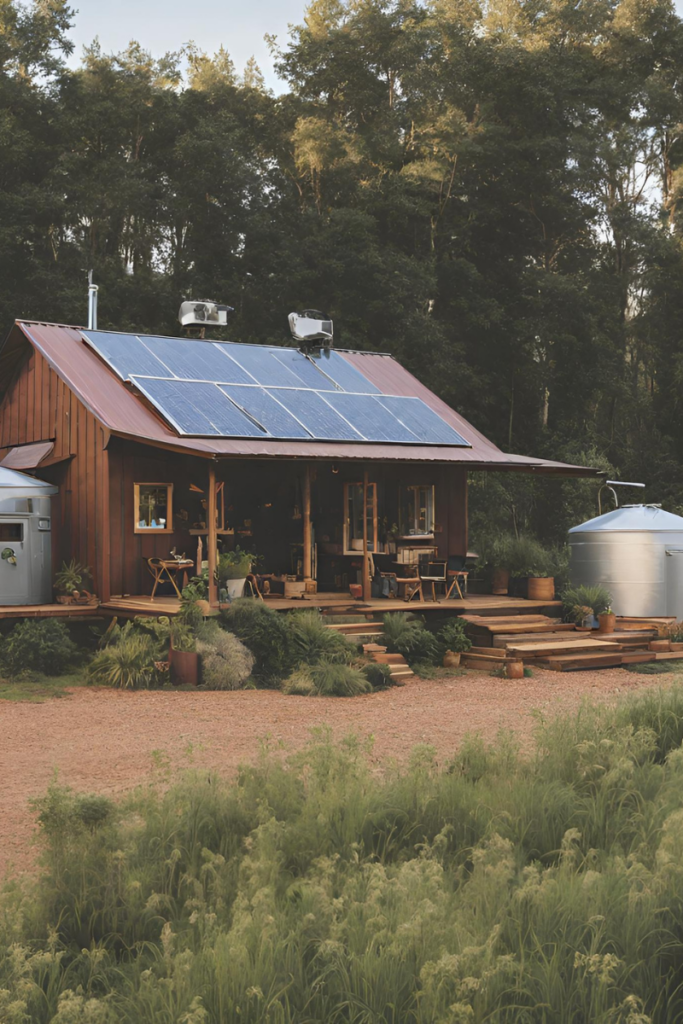
At its core, living off-grid through the farmstay lifestyle is about self-reliance, sustainability, and a deep connection to the land. Homesteaders aim to produce as much of their own food as possible, often through methods such as gardening, raising livestock, and preserving their harvests. They may also generate their own energy through solar panels, wind turbines, or other renewable sources, and aim to reduce waste and minimize their environmental impact.
Homesteading is also about embracing traditional skills and knowledge, such as sewing, woodworking, and food preservation, that have been passed down through generations. By learning to live off the land, homesteaders seek to build resilience and independence in the face of uncertain economic and environmental conditions.
The Farmstay Lifestyle
Living off the land requires a significant commitment of time, effort, and resources. Homesteaders often perform a wide range of tasks, from tending to crops and caring for animals to building and repairing infrastructure. The lifestyle is labor-intensive, but many homesteaders find deep satisfaction in the tangible results of their work and the close connection to nature.
Homesteading also promotes a sense of community and self-sufficiency. Many homesteaders prioritize trading and sharing resources with their neighbors, forming strong networks of mutual support. The lifestyle encourages a return to simpler, more meaningful interactions and a focus on long-term sustainability rather than short-term convenience.
The Benefits of Homesteading
There are numerous benefits to the homesteading lifestyle, both on a personal and a societal level. By growing their own food, homesteaders can ensure its quality and sustainability, avoiding the use of pesticides and genetically modified organisms. In addition, homesteading promotes physical activity, healthy eating, and a deep connection to the natural world.
Homesteading also offers financial advantages, as it reduces reliance on store-bought goods and utilities. By producing their own food and energy, homesteaders can save money on groceries and utility bills, as well as reduce their carbon footprint. In addition, many homesteaders find that the lifestyle promotes a sense of purpose and fulfillment that is difficult to achieve in a consumer-driven society.
The Challenges of Farmstays
While the homesteading lifestyle has its rewards, it also presents significant challenges. The learning curve for many homesteading skills can be steep, and the lifestyle requires a substantial investment of time and resources. In addition, homesteaders must contend with unpredictable weather, crop diseases, and other natural factors that can impact their ability to produce food and energy.
Homesteading also requires a certain level of isolation, as many homesteads are located in remote, rural areas. This isolation can be rewarding for some, but it also means that homesteaders must be prepared to handle emergencies and medical concerns on their own. Additionally, the lifestyle may not be feasible for everyone, particularly those with physical limitations or other practical constraints.
The Growing Movement Towards Sustainable Living
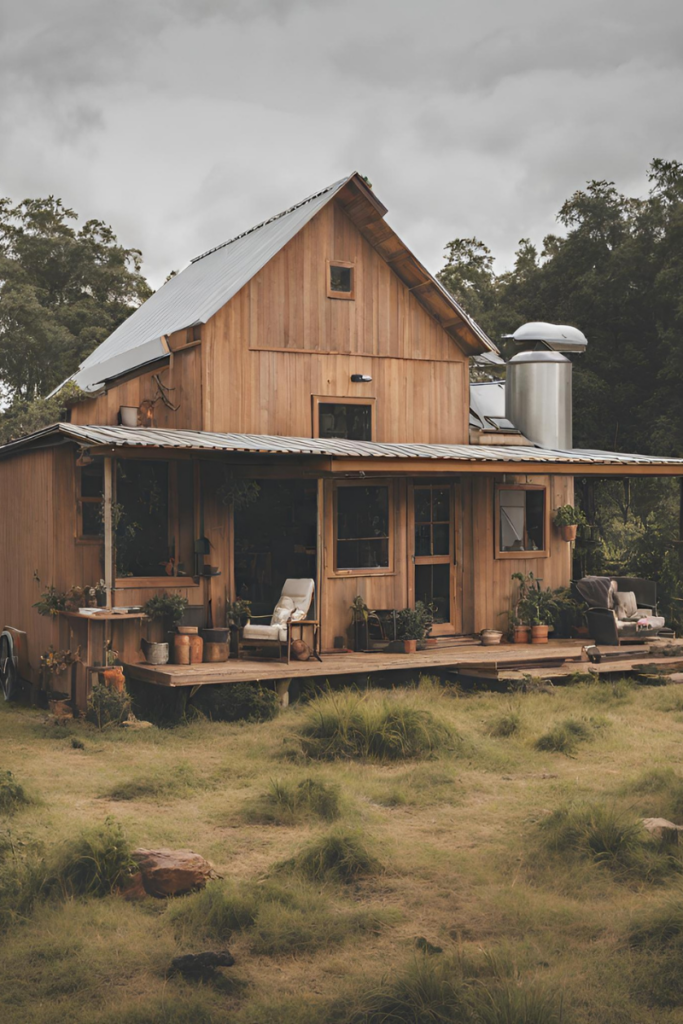
Despite these challenges, the homesteading lifestyle continues to gain popularity, driven in part by growing concerns about climate change, food security, and environmental sustainability. The movement encompasses a diverse array of people, from rural farmers to urban gardeners, united by a desire to live more sustainably and self-sufficiently.
Homesteading is also closely linked to other sustainability movements, such as permaculture, organic farming, and the tiny house movement. These diverse but interconnected communities share common goals and values, promoting a holistic approach to living that emphasizes harmony with nature, resource conservation, and community collaboration.
Conclusion
The homesteading lifestyle offers a compelling vision of a simpler, more sustainable way of life, rooted in self-reliance, community, and environmental stewardship. While the challenges of homesteading are real, the benefits of living off the land are also significant, ranging from personal fulfillment to environmental conservation. As the movement towards sustainable living continues to grow, homesteading represents a powerful example of how individuals can take meaningful action to create positive change in their lives and in the world around them.
Get in touch here if you would like to offer your (off grid) farm’s accomodation or experiences on Farmlike.
 Docs
Docs
 Support
Support

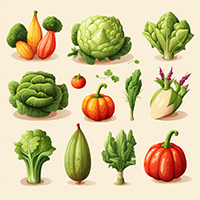








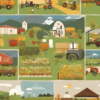









 Home
Home  Whishlist
Whishlist  Cart
Cart 
